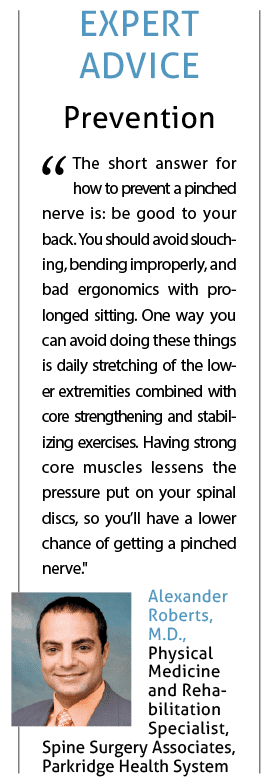Disc degeneration is one of the main causes of back and neck pain in adults. Get the facts about it here.



Contrary to what you might think, the vertebrae in your back aren’t stacked one on top of the other. In between each one is spinal disc made of cartilage that acts like a shock-absorber, a cushion of sorts. These discs are what allow your spine to bend and twist.
Enter: Degeneration
If the disc cartilage loses fluid and begins to break down over time, this is called degenerative disc disease (DDD). The disc becomes less able to act as a shock absorber, and the patient begins to experience tingling or numbness in limbs, pain, and decreased flexibility.
Why it Happens
Most cases of disc degeneration are a natural result of the aging process. However, disc degeneration can also result from an injury. Degeneration = Ongoing Without intervention, DDD will only get worse as time goes on. Additionally, bone spurs, which are tiny outgrowths of bone, can develop.
Treatment Options
If you are concerned you are showing signs of DDD, see a doctor for a diagnosis. He or she will be able to suggest the best treatment option for you. These may include:
- PT Specific stretches and strengthening exercises for back and core, use of braces
- NSAIDS Meds like aspirin, ibuprofen, acetaminophen, etc.
- Steroid Injections Local injections to reduce swelling and inflammation
- Surgery Removal of all or part of disc, disc replacement, fusion of vertebrae above and below the disc

